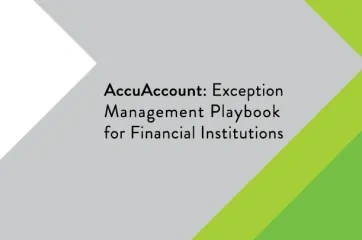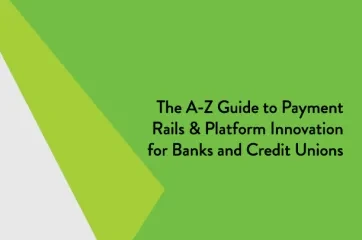An authorized signer form is a document that allows an account holder to grant a range of clearance levels to individuals to perform certain functions within a bank account. For consumer deposit accounts, this form is also known as a signature card, which names individuals who are permitted to deposit to an account and write checks from it.
Authorized Signer Forms for Business Accounts
When a business account is established, it is standard practice for the financial institution to ask for the entity’s formation documents, such as articles of incorporation, partnership document, or trust document. This establishes the business owners who are added to the authorized signer form. Other personnel, such as an office manager and accounting or finance staff, can also be added at this time.
In the business world, an authorized signer may have varying privileges. For example, a bookkeeper may be able to sign for company credit card purchases or cut paychecks. Similarly, a finance manager may be authorized to transfer money between specific accounts or make wire transfers. Depending on the size and type of an organization, a variety of functions could be granted to people within a company based on their role or job function.
The Importance of the Authorized Signer Form
Any organization—but particularly one with many moving parts and personnel—relies on the authorized signer form to maintain tight control over staff who can make certain transactions. The authorized signer form clearly defines the tasks that an individual is permitted to initiate within an account. This makes transactions easier to monitor and ensures that only decision-makers are initiating specific functions.
As a result, business owners can rest easier knowing that only trusted staff are permitted to conduct business on the company’s behalf.
Managing Authorized Signer Forms at a Bank or Credit Union
For financial institutions, maintaining authorized signer forms in electronic format is ideal. An electronic copy that is easily accessible enables staff at any branch or location to quickly locate the most current version of the form. Locating documents faster means less wait time for customers and members, which, in turn, yields elevated levels of account holder satisfaction.
In addition, a digital file also offers quicker recall and less elapsed time when replacing previous versions. This is especially important when revoking an employee’s access or privileges. An electronic approach to document indexing enables near real-time management of authorized signers. By contrast, a paper-only approach creates delays and could expose the financial institution (and the account holder) to additional risk.
Document Management Resources
For best practices on managing authorized signer forms and other banking documents, be sure to check out our extensive Innovation Hub with free document tracking spreadsheets, whitepapers, and eBooks.
Looking for more banking definitions? Check out our banking definitions page.







